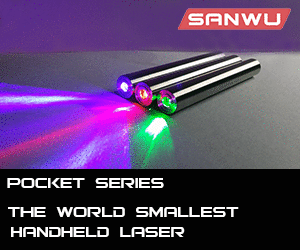Re: Can someone explain the diode in the DDL circu
knimrod said:
[quote author=desslok link=1202400066/0#7 date=1202406067][quote author=knimrod link=1202400066/0#5 date=1202403509]If the diode is properly installed it would be reverse biased and not conduct any current. So there would be no affect whatsoever on the circuit. Only when the diode is forward biased would you see the .7V drop.
What if it's trying to be used as a shunt voltage regulator? I'm not sure of the reverse breakdown voltage of these particular ones.[/quote]
That's not how it's used in the LM317 current reg. circuit. Actually, if you look at the schematic for the DIY Power Meter, you'll see a good example of the forward voltage drop of a diode being used for shunt voltage regulation in the zero offset circuit.
The 1N4001 diode often used in our LD power supplies has a max. peak reverse voltage of 50V. And despite popular opinion here, it's forward voltage drop is actually closer to 1V, not .7V

[/quote]
the voltage drop reaches 1V at high currents. if u masure it with the diode test function most DMMs have, it would be aroung 0.55 volts (@1mA). In any case, the forward drop is current- and temperature-dependant. If more current is passed thru the junction, the forward drop is also higher. If the temp increases, the fwd drop (at a fixed current) decreases at a rate of about 2mV/C.
I use 1N5819 against polarity inversion /schottky diode with lower forward drop/. In DDL's regulator the 1n4001 is placed on the output - if the polarity is reversed, the LD will be protected, but LM317 may blow. If the diode is placed on the battery side, the polarity inversion current would flow thru it alone, exposing whatever's behind to its forward drop voltage during that particular critical condition, which, depnding on the power source, may blow the diode itself, in spite of its ruggedness and surge handling capabilities. That's why an in-line fuse rated for a current the diode can safly handle long enough would be advisory for a labby set-up.
...my 2 volts...



